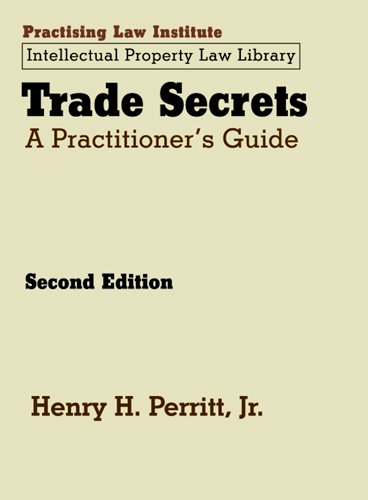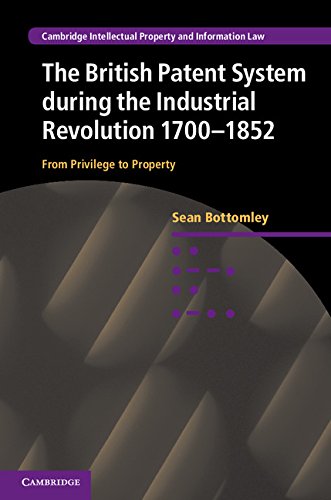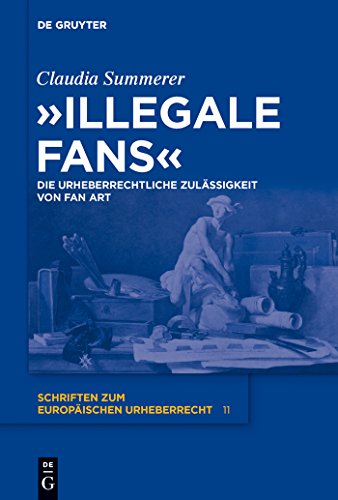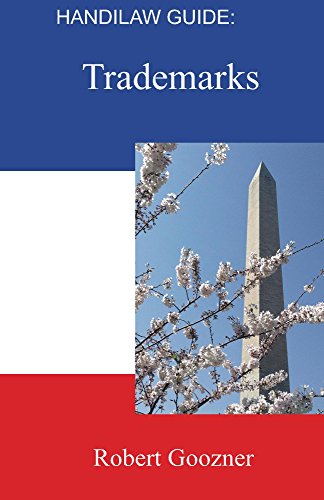Working Knowledge: Employee Innovation and the Rise of by Catherine L. Fisk

By Catherine L. Fisk
In Working Knowledge, Catherine Fisk chronicles the criminal and social ameliorations that resulted in the move of possession of worker innovation from hard work to administration. This deeply contested improvement was once gained on the rate of employees' entrepreneurial independence and eventually, Fisk argues, monetary democracy.
By reviewing judicial judgements and criminal scholarship on all features of employee-generated highbrow estate and brushing the data of significant nineteenth-century highbrow property-producing companies--including DuPont, Rand McNally, and the yank Tobacco Company--Fisk makes a hugely technical quarter of legislation obtainable to common readers whereas additionally addressing scholarly deficiencies within the histories of work, highbrow estate, and the enterprise of technology.
Read or Download Working Knowledge: Employee Innovation and the Rise of Corporate Intellectual Property, 1800-1930 (Studies in Legal History) PDF
Similar intellectual property law books
Exchange secrets and techniques are an integral part of an highbrow estate portfolio that could supply a firm a decisive aggressive virtue available to buy. PLI’s alternate secrets and techniques: A Practitioner’s consultant could be a important weapon in an attorney’s arsenal, offering the felony wisdom and useful guideline had to safeguard consumers’ exchange secrets and techniques.
The British Patent method and the commercial Revolution 1700–1852 offers a basic reassessment of the contribution of patenting to British industrialisation throughout the eighteenth and 19th centuries. It indicates that regardless of the absence of legislative reform, the British patent approach was once always evolving and responding to the wishes of an industrialising economic climate.
Durch das web erfahren nachschaffende Kunstformen zunehmenden Aufschwung. enthusiasts gelten als Motor dieser kreativen Massenkultur. Sie benutzen urheberrechtlich geschützte Werke in eigenen Kreationen als Ausdruck ihrer Bewunderung und künstlerischen Entfaltungsfreiheit. Die Urheber stürzt dieses Verhalten in ein difficulty.
Handilaw Guide: Trademarks (Handilaw Guides Book 1)
Emblems is an interesting and intricate box that that's tricky to understand. so much books at the box are dense tomes that appear designed to frighten off somebody who desires to receive a simple operating wisdom of the subject. One may possibly think that logos can't be understood other than via someone with deep wisdom within the box.
- IT-Recht und Medienstrafrecht: Band 5 (Medienrecht) (German Edition)
- Copyrighting Creativity: Creative Values, Cultural Heritage Institutions and Systems of Intellectual Property (Digital Research in the Arts and Humanities)
- Nouveaux écrans, nouvelle régulation ? (Droit des technologies) (French Edition)
- New Frontiers in the Philosophy of Intellectual Property (Cambridge Intellectual Property and Information Law)
Additional info for Working Knowledge: Employee Innovation and the Rise of Corporate Intellectual Property, 1800-1930 (Studies in Legal History)
Sample text



